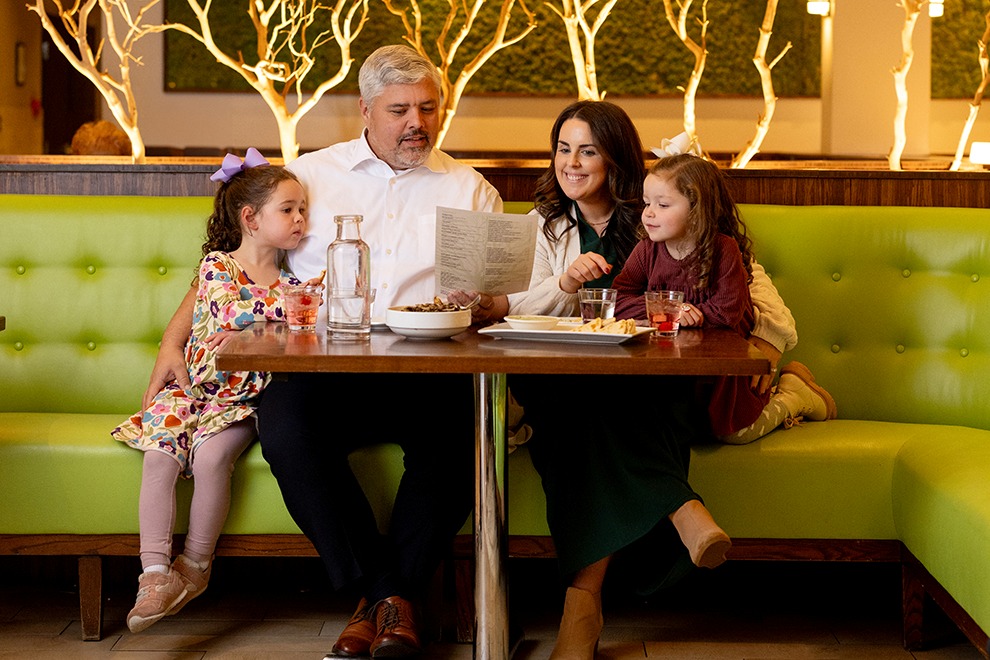You’ve explored all the options, even tried couples and family counseling, but despite your best efforts, you and your spouse have decided to end your marriage. How can you protect your children throughout this process? How is custody going to play out? Who will get the house? What about child-support? And how much money will those blood-sucking attorneys take out of your quickly diminishing nest egg?
If you haven’t heard of collaborative divorce, read on, because it may provide some relief for your divorce struggles, especially if you are a parent. Collaborative divorce is a legal strategy through which participating couples pledge to avoid the uncertainties, costs, and adversarial behavior of a court case. Instead, participants commit to a negotiated outcome.
This promise to achieve settlement is the hallmark of collaborative divorce, and couples utilizing the legal method must sign a participation agreement stating that they will not commence litigation during the negotiation period. Flat fees vary widely depending on the situation and the lawyer, but parties should be made aware of the cost before an agreement is signed. If a member of the couple seeks to initiate a lawsuit, both attorneys must withdraw and the divorcing parties must seek new legal counsel. Hence, there is a strong incentive for all parties, attorneys included, to achieve a satisfactory negotiated outcome.
Unlike mediation, collaborative divorce provides each member of the couple with an individual attorney. If you pursue collaborative divorce, your attorney will look out for your legal interests and make sure you understand your legal rights. In other words, collaborative divorce is much more protective of your individual interests than mediation, yet it retains a spirit of cooperation rather than opposition.
Perhaps the biggest benefit of collaborative divorce is that it shows respect to children who are affected by the divorce. In a more traditional divorce, kids often have to witness their parents fighting it out in the courtroom, which can result in forcing children to choose sides with one parent over the other. Using collaborative divorce, parents can provide the least stressful resolution to a life-changing event for all members of the family. Additionally, attorneys can bring in child psychologists to serve as neutral members of the collaborative divorce team. The choice of expert and cost of that person’s services are evenly split between both members of the couple, and the child psychologist can help the couple determine what outcome is in the child’s best interests.
Finally, collaborative divorce may save you time and money. Because of the pledge toward negotiated resolution, couples successfully using collaborative divorce can avoid the expense, hassle, and countless hours involved in a courtroom battle. In other words, less money goes toward legal fees and more stays in your pockets – a good thing for the whole family, both fiscally and emotionally.
If you are facing the daunting challenge of legally ending your marriage, consider collaborative divorce. It’s easier on the kids, your pocketbooks, and everyone’s sanity. A civil parting of ways: the best route in a very difficult situation.




